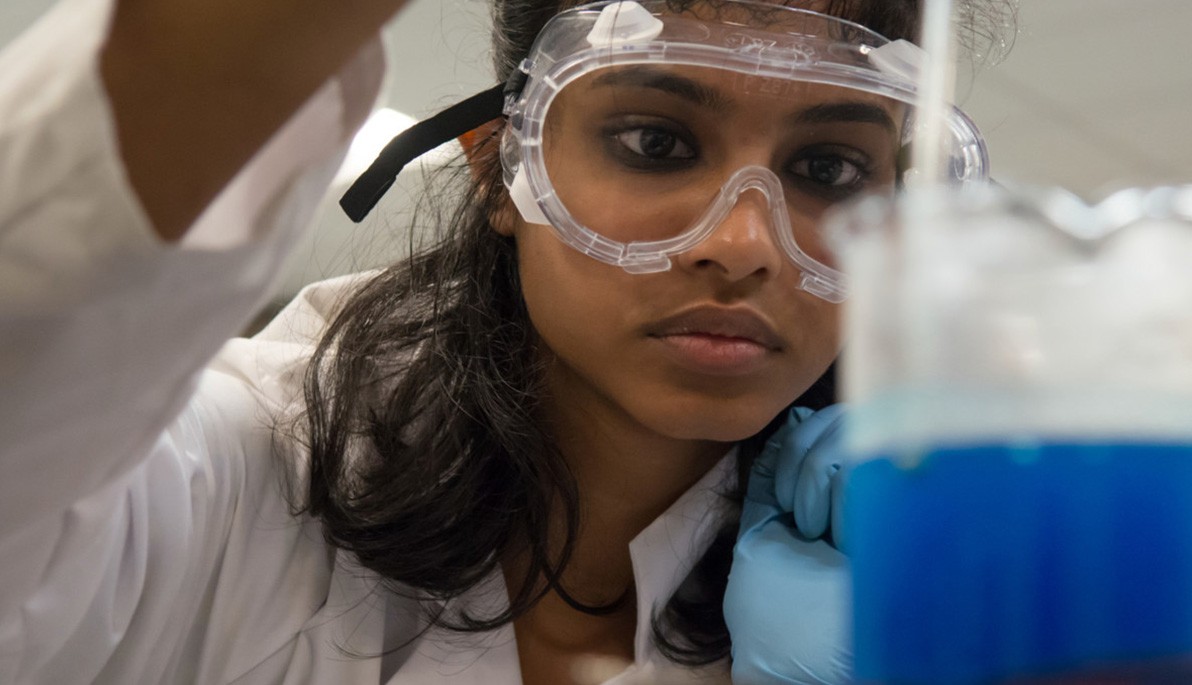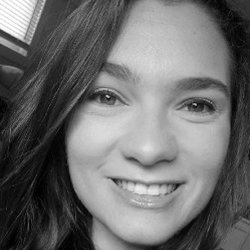News
Empowering Women in STEM
March 2, 2023
Women in science, technology, engineering, and mathematics (STEM) fields have long been overlooked in the celebration of discoveries and breakthroughs by men. For example, Alan Shepard was the first American to travel into space, and John Glenn was the first American to orbit the Earth. But it was Katherine Johnson’s mathematical work and analysis that enabled those achievements.
It wouldn’t be until the late 1970s that women’s vital role in American history would be officially recognized. In 1978, California’s Education Task Force of the Sonoma County Commission on the Status of Women held a Women’s History Week celebration. Successful lobbying by the National Women’s History Project—now the National Women’s History Alliance—prompted President Jimmy Carter to issue the first Presidential Proclamation declaring the week of March 2–8, 1980, as National Women’s History Week. Finally, in 1987 Congress passed a law designating March as Women’s History Month.
New York Tech strives to recognize and celebrate the women in our community, and throughout this month will highlight just a few of the many who have contributed so much. With a focus on technology-infused undergraduate and graduate degree programs, we are starting with women in STEM.
The National Girls Collaborative Project reports that women make up just 34 percent of the science and engineering workforce, but our institution seeks to buck that trend. Here are highlights of six New York Tech women paving the way for future women in STEM.
Students With a Dream
Before she was a graduate student at New York Tech, Talise Geer spent 10 years working in sales and longing for a career that she truly loved. Now, the Vanguard Student Recognition Award recipient (awarded to Geer during her time at Suffolk Community College for her academic excellence in a field where her gender is underrepresented) is earning her master’s degree in cybersecurity and hopes to inspire other women to pursue careers in cybersecurity.
“The Vanguard award will hopefully let girls know that we can do difficult things and no gender has a monopoly in any profession,” says Geer, who hopes to open her own cybersecurity firm. “I want women who are in dead-end jobs to rethink a career in cybersecurity.”
Sibel Sezen grew up in a village in Turkey where “women and education were not given much importance.” However, she became the first woman to study in her village's university, and she has been making strides ever since. Recognized as the highest academic achiever in interdisciplinary studies on the New York City campus, Sezen has continued her studies at New York Tech and is pursuing a master’s degree in data science, whereafter she hopes to become a data scientist. Believing that possible uses for data analysis are limitless, “things that seemed impossible years ago can make life easier today in a very short time. Data science operations do the impossible,” she says.
Adina Tsibulevskiy earned a special distinction in 2022—she was the first beneficiary of the Nada Anid Scholarship Fund, established on behalf of the late Vice President and former College of Engineering and Computing Sciences Dean Nada Anid, Ph.D. The scholarship fund supports Tsibulevskiy as a woman in STEM, with her earning a bachelor’s degree in electrical and computer engineering with a minor in mathematics. She dreams to be become a practicing engineer in a leadership position, as well as a mentor for female engineering students.
“I am one of the only women in the engineering spaces. It can feel a bit intimidating sometimes,” says Tsibulevskiy of the male-dominated subject she is studying. “As a woman in STEM, it is rare to come across a visible female role model to take inspiration and learn from. I am motivated to stick with my engineering path and hopefully be another young woman’s role model one day.”
Faculty Who Inspire
Assistant Professor of Biological and Chemical Sciences Jacqueline Keighron, Ph.D., performs scientific research centered around how cells communicate with each other. Specifically, how neurotransmitters that relay signals from one cell to the next change when the brain is exposed to substances of abuse like cocaine. On the technology side of things, Keighron is working with colleagues across disciplines to incorporate virtual reality (VR) into some of New York Tech’s courses—one such outcome is interactive 3-D models of molecules biochemistry students are studying in the lab. Most recent for Keighron is the Summer Reactor, a program designed to introduce and provide a head start on college-level chemistry to incoming first-year students.
Yanhua (Jennifer) Xie, Ph.D., an associate professor of biomedical sciences at NYITCOM-Arkansas, secured NYITCOM-Arkansas’ first grant from the National Institutes of Health (NIH) in 2020—a $428,400 multi-year grant to determine whether Osteopathic Manipulative Treatment can help relieve migraine headaches. Most recently, Xie partnered with Arkansas State University Assistant Professor Jianfeng (Jay) Xu, Ph.D., to develop a new class of low-cost, effective plant cell-produced oral biologic drugs to treat Inflammatory Bowel Disease. Xie is contributing her expertise related to pharmacology and animal studies in collaboration with Xu, who is producing plant-based biologics. This research is made possible by yet another NIH grant. Xie, whose research overall focuses on seeking new, non-opioid compounds with fewer side effects as well as non-pharmacological treatments to help patients with pain conditions, says her interest in human neuroscience stems from being told in college that biomedical research is among the hardest to perform, especially when related to the human brain.
Assistant Professor of Electrical and Computer Engineering Maryam Ravan, Ph.D., is aiming to address neurological and psychiatric conditions using algorithms and other technological techniques, like artificial intelligence. Ravan’s studies, founded on engineering principles, propose there are possible approaches that could provide clinicians with non-invasive solutions and more effective treatments. One such approach uses electroencephalography’s (EEG) ability to measure electrical activity—brain waves—on a seizure patient’s scalp. Current software models that process EEG brain wave data have a high margin of error when pinpointing seizure origin in the brain and do not account for many variables.
With Ravan’s expertise, the research team developed a new algorithm called “ReLORETA,” which, with its ability to account for variables like head geometry, was able to decrease the seizure origin margin of error from 35.09 millimeters to just 5.65 millimeters—a difference of 29.44 millimeters.





